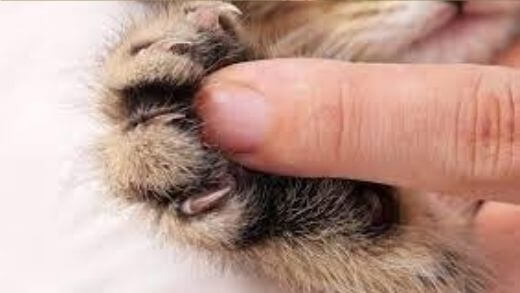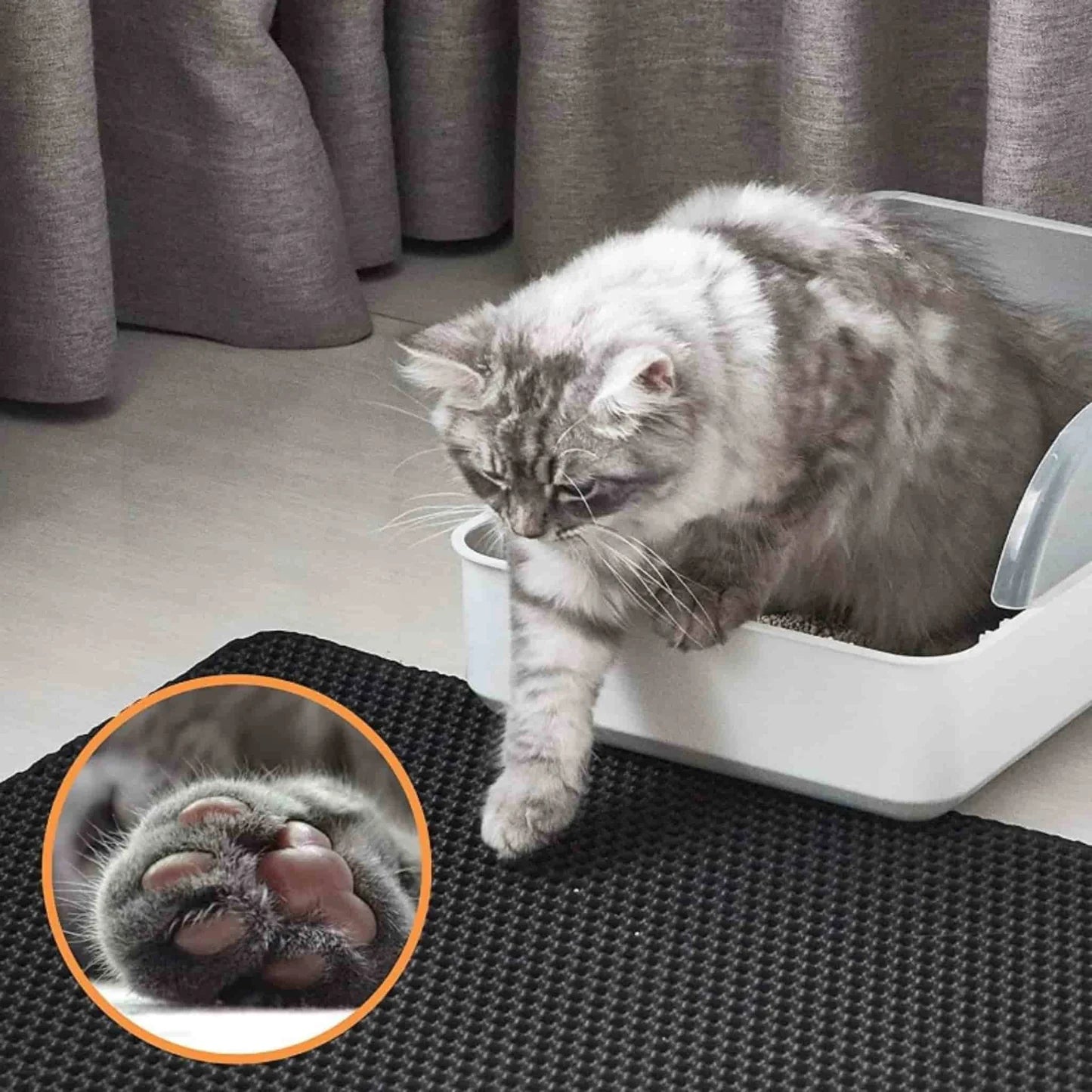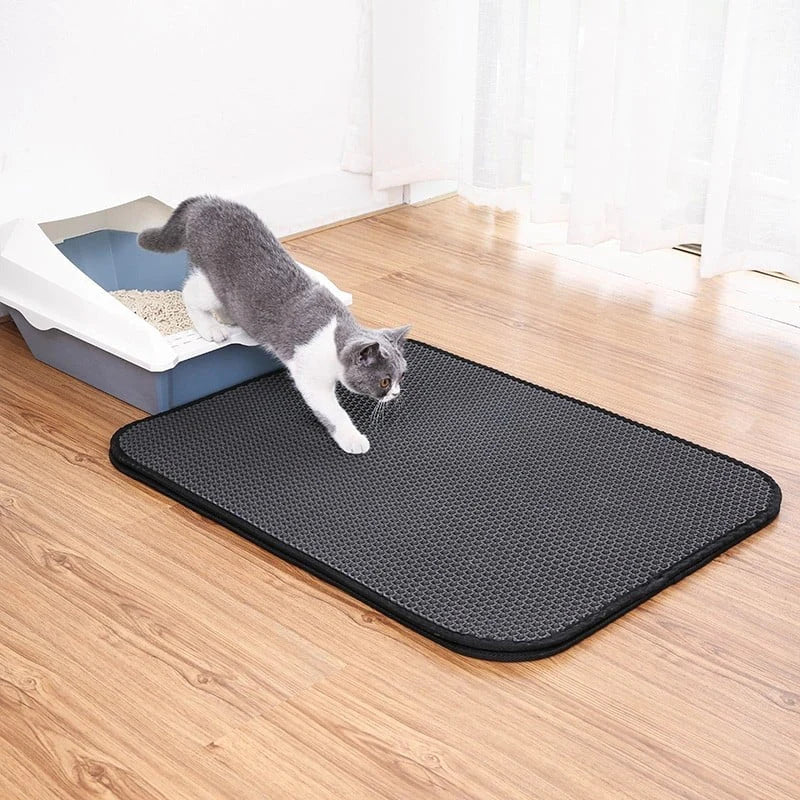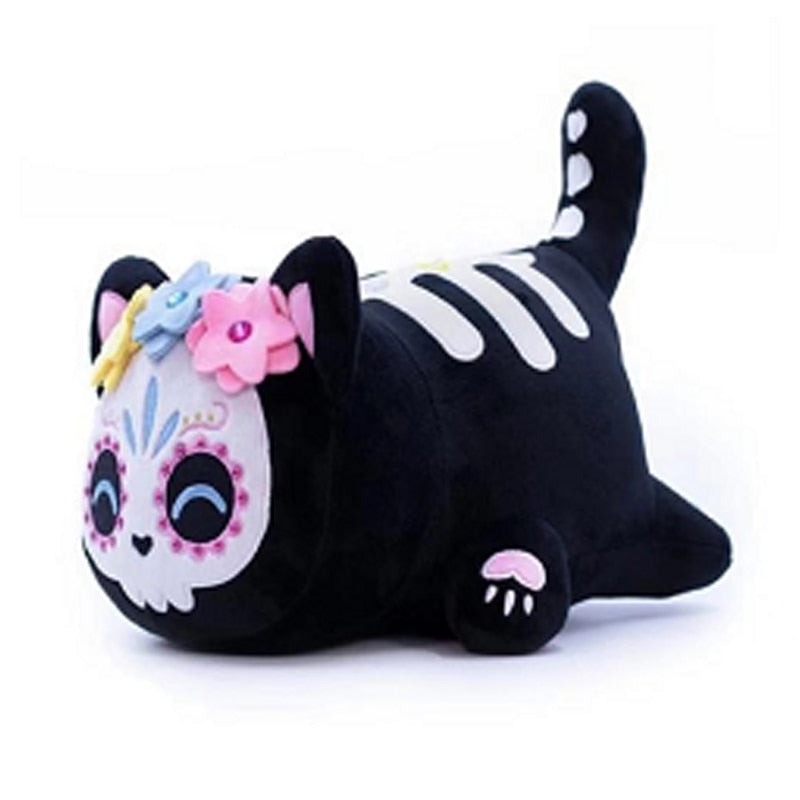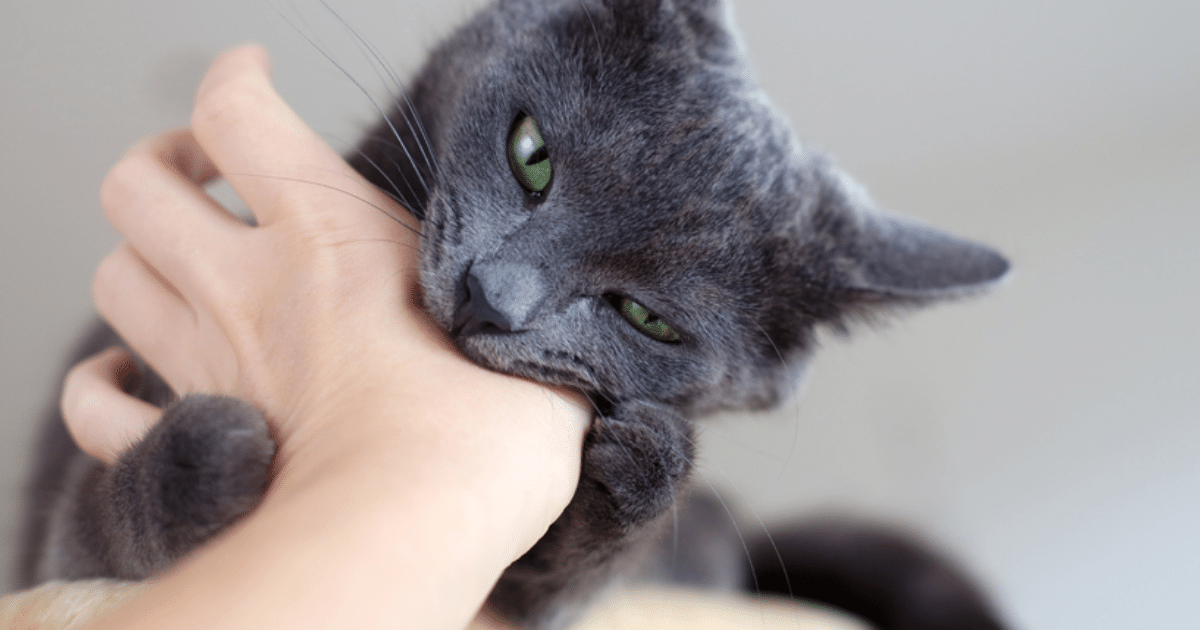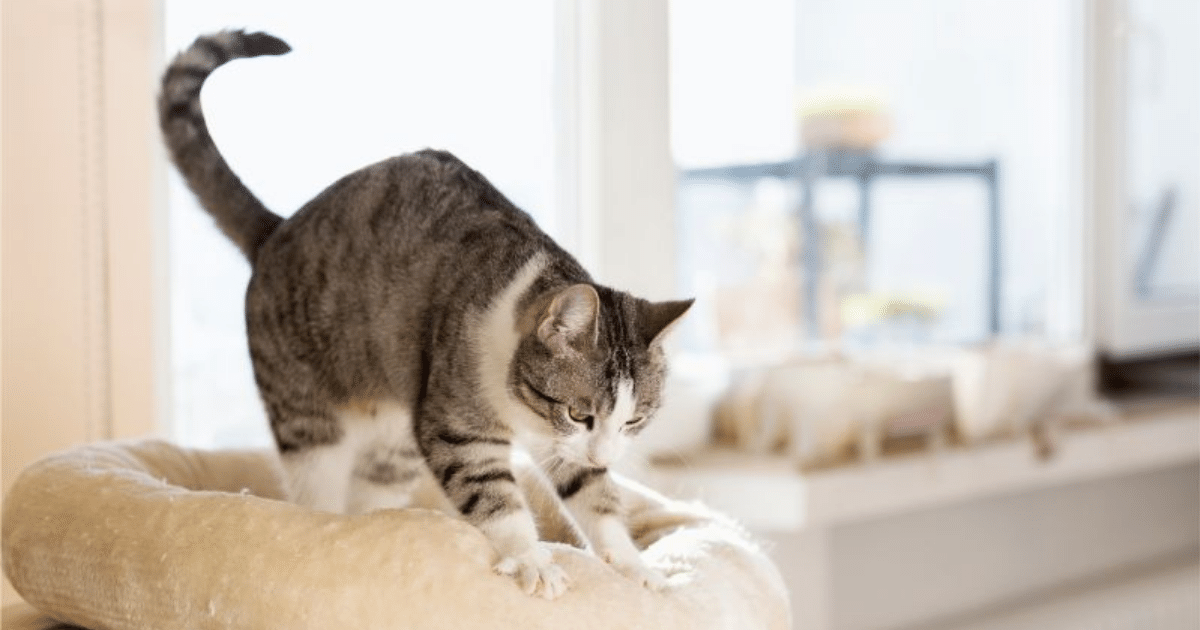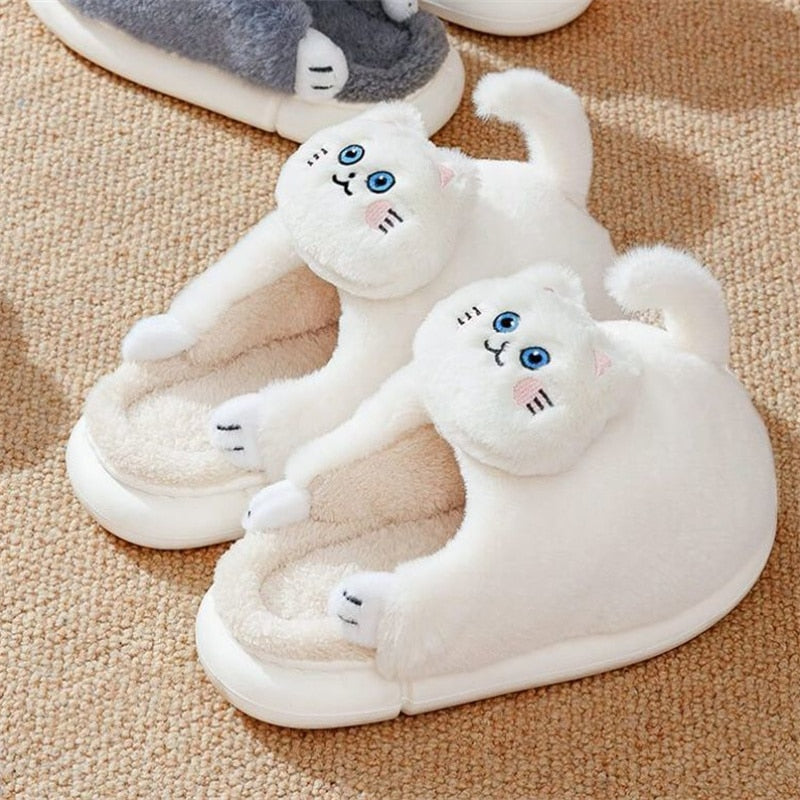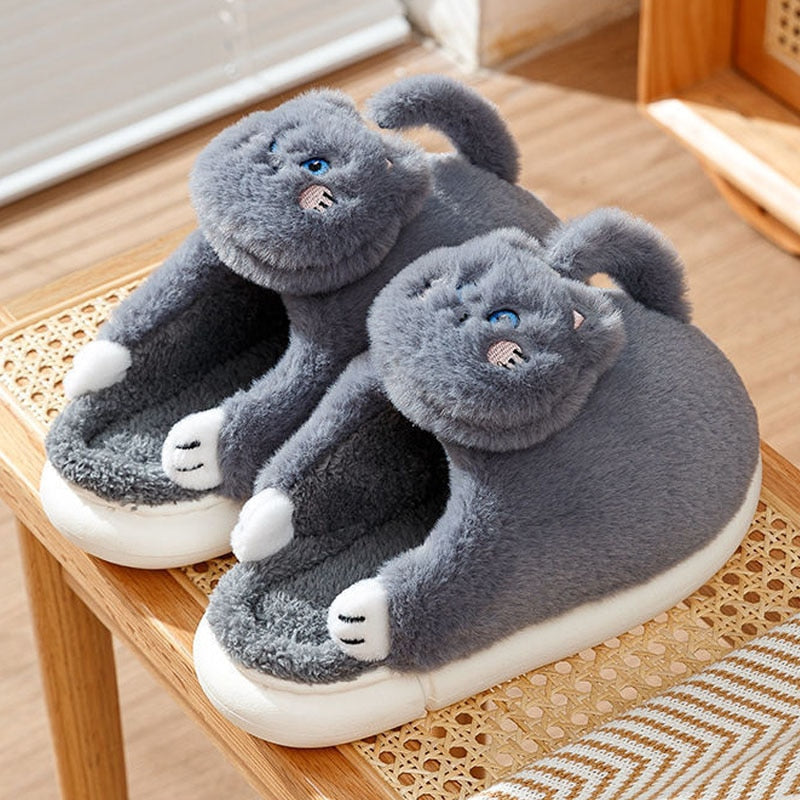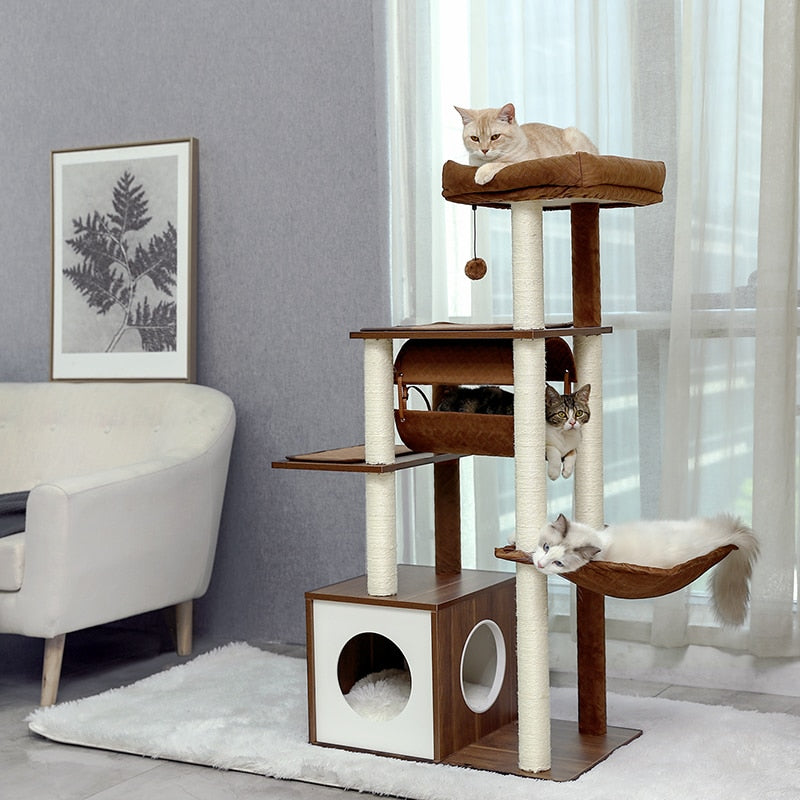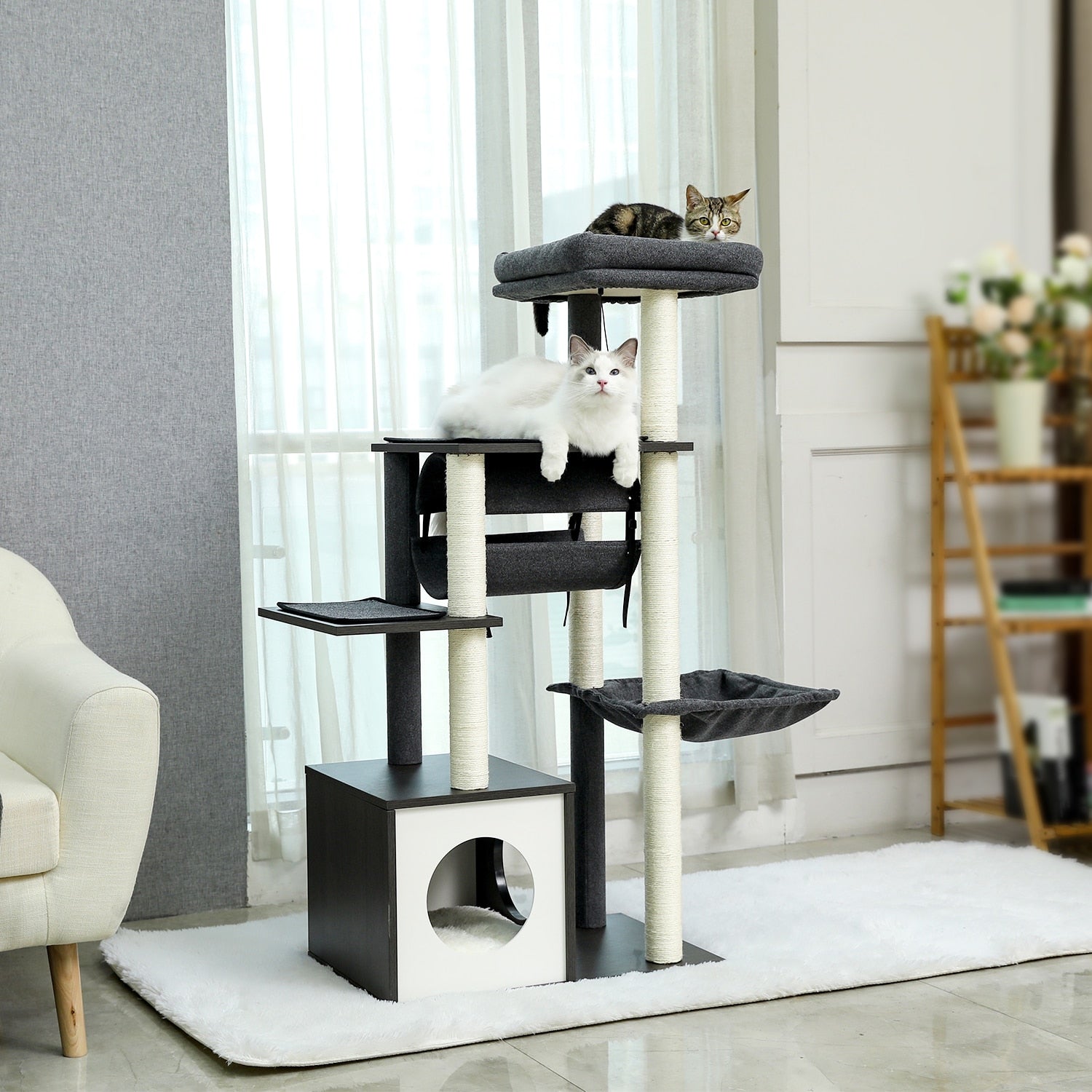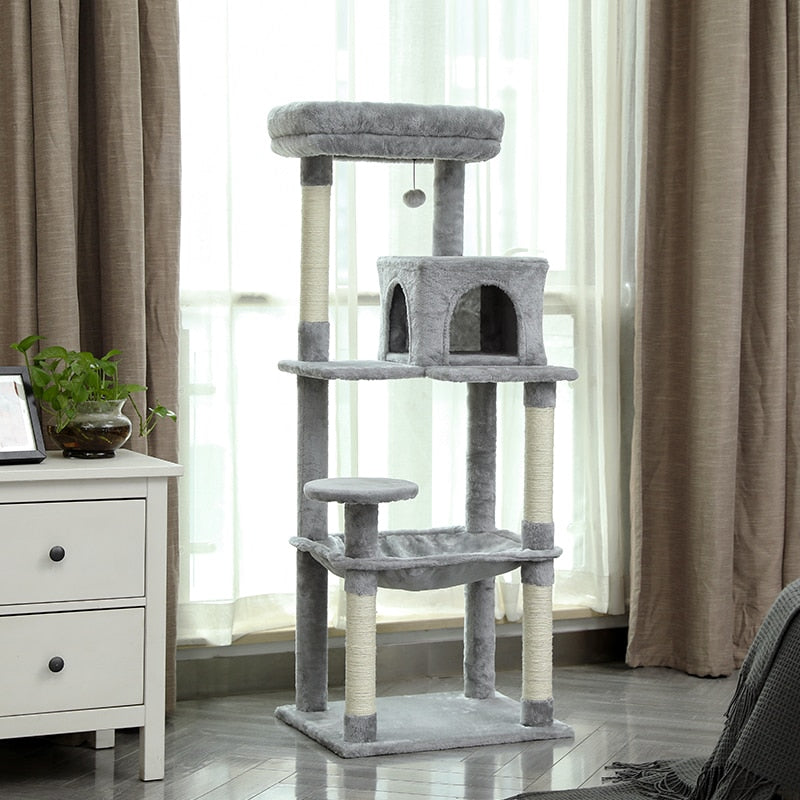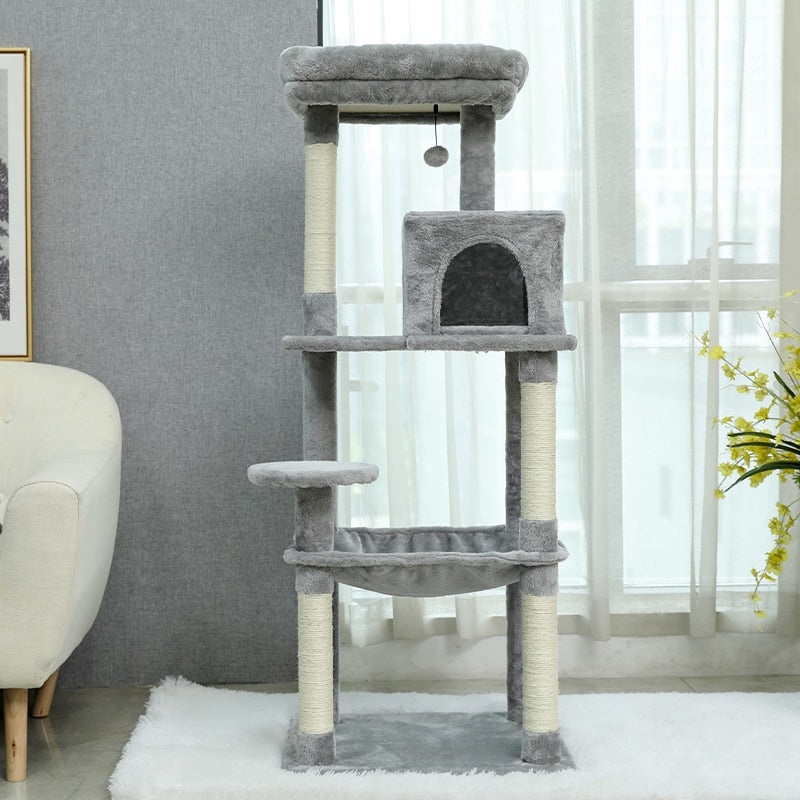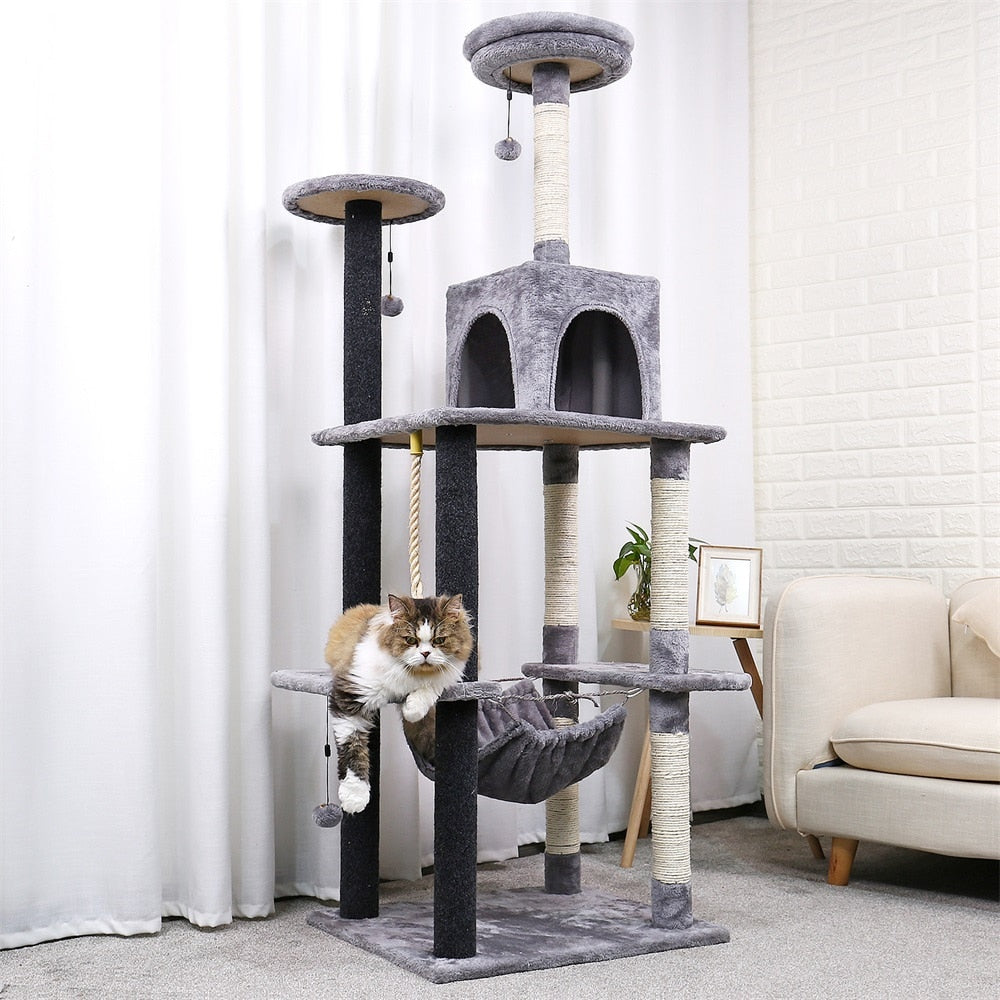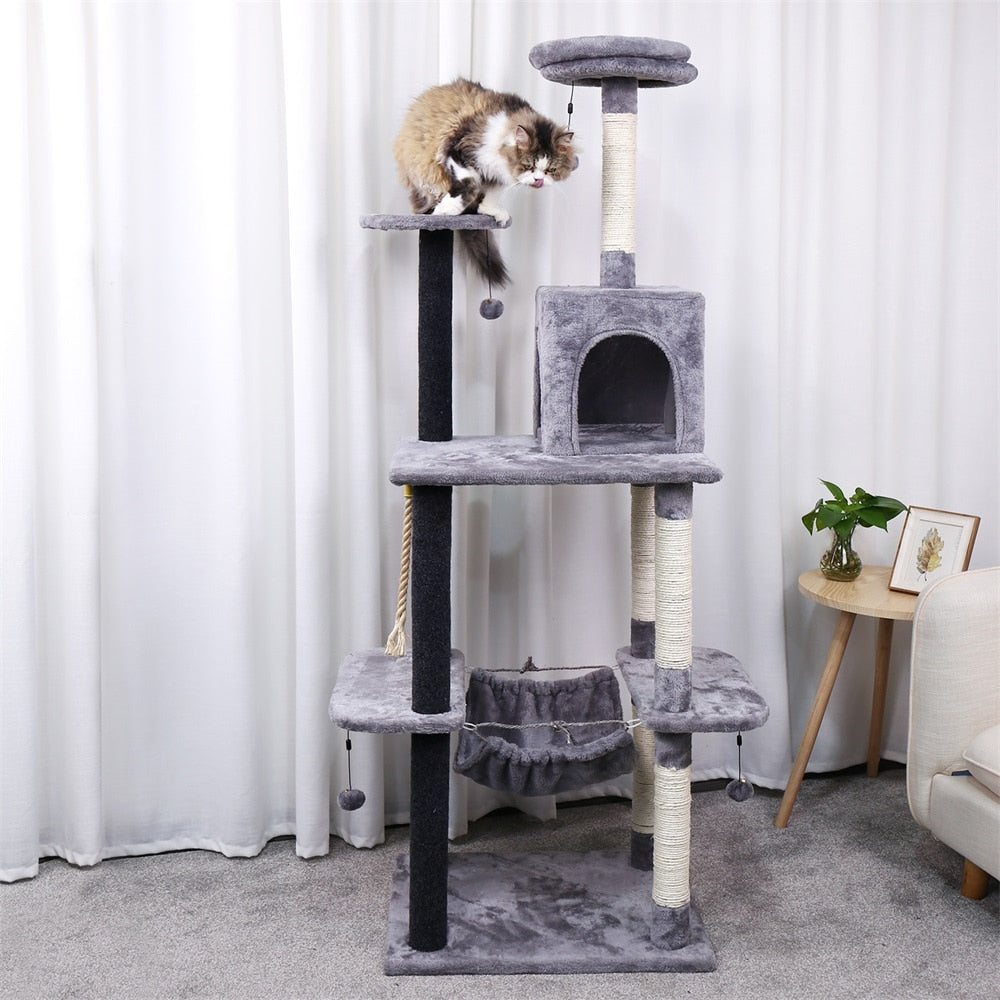Trimming a cat's nails - Why and how to do it right?

Regularly cutting your cat's claws is a gesture which, when done properly, greatly contributes to its well-being and development. It is a treatment that prevents them from getting damaged, infected or becoming too sharp and end up hurting or even injuring you.
However, trimming your cat's claws is not always necessary (and even sometimes not recommended), in addition to being a delicate operation which requires respecting a minimum of rules.
Below, you will find everything you need to know about caring for your cat's claws, as well as some practical tips for cutting them efficiently and easily.
How do I cut my cat's claws?
Cutting the claws of your little feline is not an operation to be carried out lightly or in any way. If this is your first time doing this, don't panic! We have prepared to help you, a simple and precise tutorial so that you can trim your cat's claws yourself and safely, without harming him.
Before you start, make sure you have a good nail clipper and that you are in ideal conditions of calm so as not to scare your pet. Once done, you need to follow these steps :
- Start by immobilizing your cat against you, either by hugging it on your lap or on a table. It is not excluded that a second person will help you to do it in case of difficulty.
- Choose which leg you want to start with. Hold it between the thumb and forefinger of your less skilled hand, then lightly press the top of the paw finger to pop out the claw to be cut.
- With your other hand, slide the claw cutter over the claw, being careful not to overflow into the blood vessel.
- Once the claw cutter is positioned at the right distance (just a few millimeters without going beyond the transparent part), cut the tip of the claw.
You must repeat these 4 steps for each claw to be cut (note that your cat has 5 claws on each front paw and 4 claws on each rear paw). Take care each time to remain calm while congratulating your cat or offering him delicious treats, to make the experience pleasant.
Cutting the cat's claws on video
Cutting your cat's claws properly - Rules to follow
We can never tell you enough, cutting your little feline's claws is a delicate operation. To succeed in peace and safety, we recommend that you follow these few practical and relatively simple rules.
Use the right equipment, a cat claw cutter
First of all, avoid using unsuitable tools for cutting cat nails such as human nail clippers, pliers, scissors or a razor blade. These items will do more harm than good to your 4-legged friend.
Instead, you should use a nail clipper specially designed for cats. Its shape makes it easy and quick to cut kitty claws without the risk of splitting or breaking them.
TAKIT Nail Clipper Dogs and Cats - LIFETIME GUARANTEE - ClawWith Safety Limit -Included
- TrimmerNail File✅ PROFESSIONAL DESIGN: Recommended by professionals, this pet nail trimmer is an essential and easy-to-use care tool , which you will need to trim and file your pets' claws at home!
- ✅ CLEAN CUTS EVERY TIME: Pet nail clippers are made with high quality 3.5mm thick and sharp stainless steel blades, strong enough to cut your dogs or cats claws in one stroke , the blades will stay sharp for years to come for stress-free, smooth, fast and sharp cuts.
- ✅ CLAW FILE INCLUDED: The angled, hyper-sharp stainless steel head will give you a safe and easy cutting angle, ensuring your dog always stays calm and relaxed. Suitable for small, medium and large dogs. A handy claw file is included to file off hard angles on your dog's claws and to create a fluid finish.
- ✅ LIFETIME WARRANTY: We provide a lifetime warranty on our nail clippers so you can use them all your life!
Get in the right position and do it calmly
It is important before you start that you and your cat are comfortable. Adopt the right position: wedge your cat on your knees, on a table, or even on the floor as long as you are both comfortable. In case of difficulty, get help from a reassuring second person who will act as a diversion or keep the cat still.
Once you have found the ideal position, remain calm and proceed to cut the claw skillfully and with confidence. Because if you are tense or hesitant, your little feline will perceive it and risk being agitated, on the defensive, and will not let it go.
What if my cat won't let it go?
Your cat is a little recalcitrant and does not allow himself to be done as you wish? Stay calm, especially not to get carried away and do not force. Because the more you insist, the more he will feel the tension and put himself on the defensive.
On the other hand, you must try to hug him, pet him or divert his attention. Don't necessarily consider cutting off all of her claws on the same day, take it gradually, lovingly, and a lot of kudos each time.
If despite everything your cat remains on guard and does not let it go, you must make an appointment with his veterinarian. Once there, the cut can be done in the best safety conditions for both of you.
What part of the cat's claw to cut?
You should be familiar with the structure of your cat's claw before you start. The claw is made up of 2 parts that can be seen clearly in the light: a transparent part and a pink / reddish part irrigated by blood vessels.
The transparent part is the horn, which you can cut. Warning ! Do not cut very short, nor cut too close, for fear of damaging the blood vessels. You should cut just the tip, 2 to 3 millimeters before the vein.
If by accident you cut closer than necessary and hit a blood vessel, use a hemostatic powder to stop the bleeding and calm your cat's pain, the time to go quickly to the vet to limit the risk of bleeding. 'infection.
When and why should you cut your cat's claws?
It is important to know when and why you should or should not cut your cat's claws, depending on whether it is always inside or frequently ventures out of the house, in the case of a broken claw it is. other reason.
My cat scratches my walls and furniture: Can I cut its claws?
Has your cat suddenly started scribbling your walls and storming your furniture? This may be the only way he has found to let you know he's sick, lacking in activity, or lack of distraction. These little messes around the house may be meant to grab your attention.
In addition, scratching is a natural behavior in cats. Rather than trying to cut its claws at all costs, it is better to arrange the home well with equipment placed in its rest areas (such as scratching posts / scrapers, a scratching mat or a cat tree), so that your companion can make his claws there, let off steam and turn away from your furniture.
My cat is scratching me: Can I cut its claws?
Cats are known to be naturally affectionate and very attached to their master: it is therefore unlikely that your little feline will start scratching you for no reason, in other words that the cat will be aggressive with you. However, if this does happen, before you consider cutting off its claws, you must first determine whether it is an innocent claw in a game, for example, or a violent claw. , sign of aggression.
If the cat does not do this on purpose, such as when playing, it is not necessary to cut its claws, you should rather try to adapt its behavior so that it expresses its affection better than by naive scratching.
On the other hand, if the scratching occurs outside of play periods, your cat is aggressive, in which case it may be worthwhile to cut its claws. But, it is better to seek to understand the reasons for his aggressiveness towards you to put an end to it.
My cat does not come out: Should I cut its claws?
If your furball favors the comfort of the interior of your home, you can cut off its claws if you wish, for example in order to preserve its health when its claws have grown too much or the condition of your furniture against them. his assaults. But as we have already noted, this is not necessarily necessary if you have provided cat toys such as scratching posts, a cat tree or the like.
My cat is going outside: Should I cut his claws?
If your feline is used to spending time outdoors, away from the comfort and safety of your home, it is not recommended, or even totally inadvisable, to cut its claws, except in exceptional circumstances. During her adventures in the wild, your cat will need her claws, as they are practically her only means of defense. Without its claws it will have difficulty facing dangers, better catching its prey, clinging to trees, running away or even avoiding accidents.
In addition, a cat that has access to the outside and spends more time there will often have naturally sharp claws. Instead of wanting to cut them off, it would be smarter for you to keep them healthy in order to avoid infections.
Cutting a cat's claw is not the best solution
Although our pets' claws can be annoying at times, especially when they are raised against us or pointed towards our furniture, cutting them is not necessarily the best solution to the problem. Because even with the claws shortened, your cat will maintain its scratching behavior, it is in its nature.
You must first of all find out if there are any gaps or problems in the habitat, observe your cat's behavior. Indeed, it is important for you to become aware of your feline's behavioral cues: make sure he is not sick, be observant and more attentive to him, and more importantly, provide him with an environment that will promote its development.
The claw protectors: A good solution?
Do you dislike the idea of having to cut your cat's claws? A possible alternative would be to use cat scratch guards. Recently created, these are small plastic capsules that can be stuck on your cat's claws. However, this tool is not very effective.
Indeed, based on the multiple feedback from many masters, we have come to the conclusion that the nail protectors are not really useful, because not only cats know how to remove them very well, but in addition they are often more expensive than a cat nail clipper (which is more efficient and more durable).
Make a definitive removal of the claws?
Have you heard of a possibility of permanent nail removal and are you considering doing it on your feline? Do not think about it, because it is an illicit practice strictly prohibited in France and in many countries, but also a cruel and painful operation.
Technically called an onyxectomy, permanent ablation is a major surgical operation that involves amputating your cat's third phalanx in order to get rid of its claws. It is a painful act which denotes a certain cruelty towards our companions, with the consequence of exposing them to multiple dangers or making their daily life painful. We understand that out of love for our little animals this practice is prohibited in France.

